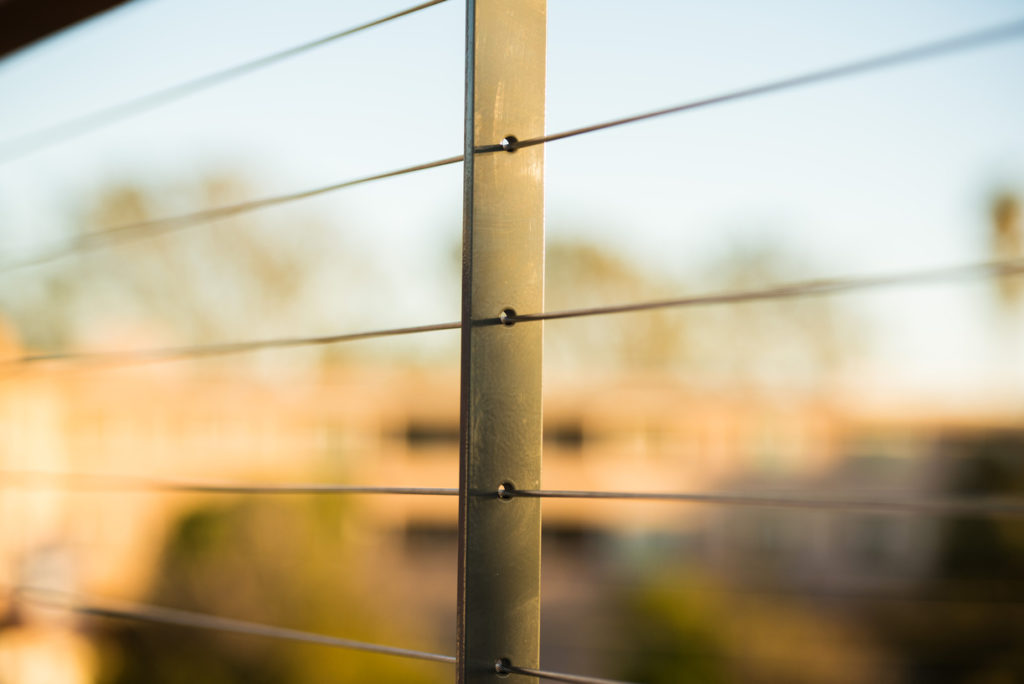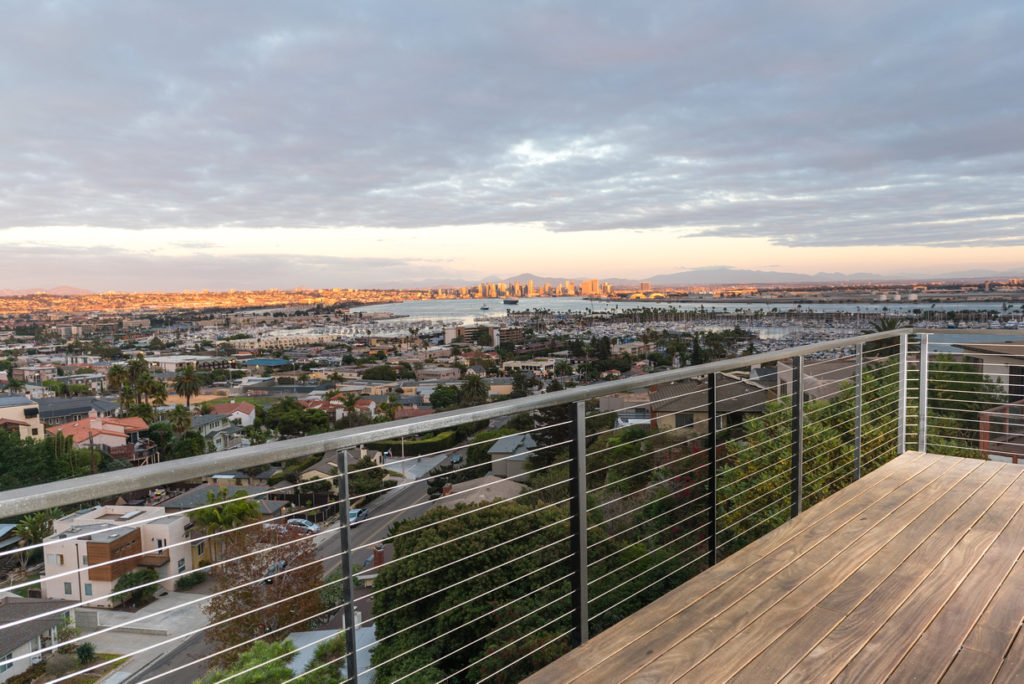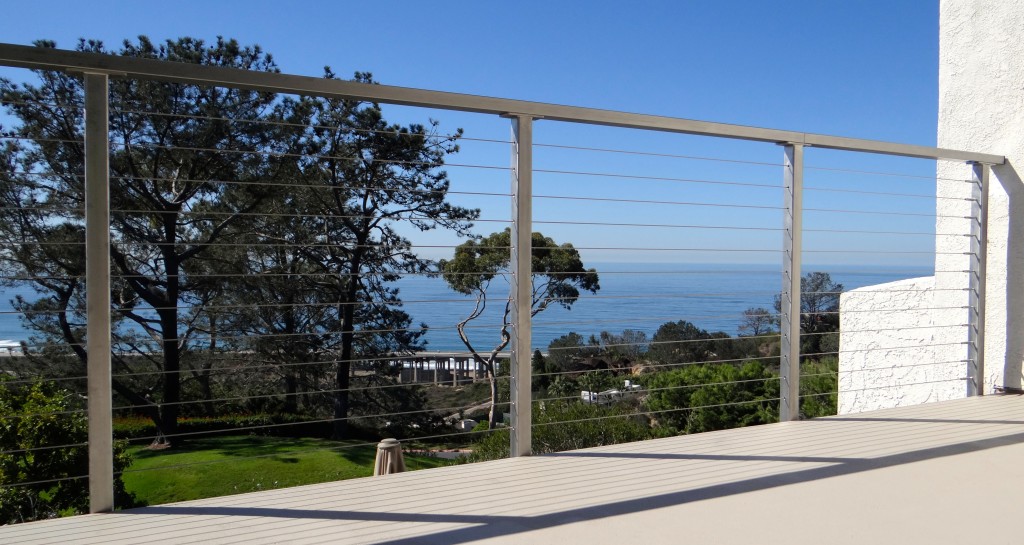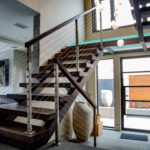Value engineering is an organized approach to providing necessary functions in a project at the lowest cost. Building features, structural considerations, and material selections are weighed and compared to achieve quality design and required performance. The desired life span of an improvement may allow for flexibility in a design, as well as environmental factors like salt exposure, UV, and weather.
As consumers we always look for ways to cut costs and maximize the value of our investments. Here are some simple ways you can build an effective railing system with value engineering in mind.
MAXIMIZE POST SPANS
When constructing railings and fencing the upright posts are a driving cost factor. We want to use exactly the amount of support posts in order to satisfy code without adding any extra material. Precise layout and an understanding of post spans will allow you to make these determinations. For example – a simple fence to create a boundary or maintain pets that does NOT have a fall hazard will allow for larger post spans than a second story balcony. Ask your builder, consult span tables, and talk to your vendors about posts spans for the most effective layout. Consider using stock dimensions for all structures and improvements.
COST EFFECTIVE FINISH OPTIONS
The difference in cost between paint grade and a stain grade finishes is substantial. In addition, the use of a powder coated steel product vs. a bare finished stainless steel product can cut the cost considerably. Consumers can calue engineer their railings by utilizing stock finishes whenever it is possible to incorporate them into a design. The amount of labor involved in a stain grade clear coated wood finish vs. a paint grade finish is roughly 3 times! Consumers should consider using stock powder coat colors like black, white, grey, or metallic vs. special order colors and coatings.
USE STANDARD LENGTHS TO MINIMIZE WASTE
Whenever a design allows for the use of standard lengths, it will result in lower cost. Let’s take a simple example like constructing a section of top rail. Building a railing section that is 8’6″ will actually require the purchase of a 10′ section of top rail. In some situations this would also require an additional railing post in order to satisfy code and span requirements. The consumer is better off with establishing an 8′ railing or a 10′ railing during the design process. When designing your railing system, always try to work with standard dimensions (8′, 10′, 12′, 16′, 20′) . This applies to deck and fence construction, framing, plywood etc.
CONSIDER MODULAR RAILINGS VS. CUSTOM FABRICATION
Almost any application that calls for “custom” parts or construction will be more expensive than a “stock” purchase. We can design a deck or even a stairway to function with stock parts by calculating angles and footprint dimensions prior to construction. Constructing stairs to a standard angle or utilizing standard dimensions with a deck takeoff will allow for the use of stock materials. Modular railing kits offer consumers cost savings and professional results by using pre-made components. Modular railing and fencing sections eliminate waste and lower labor costs.
San Diego Cable Railings has been value engineering our products and services in the railing industry for over a decade. Our company fabricates modular cable railing and glass railing systems for interior and exterior projects. We offer fast turn around times for quotes and fabrication, nationwide shipping, and preferred installers. If you are in the market for a railing system, contact our pro’s at 844-277-7327. Customers can also get pricing and additional information by using the QUOTE REQUEST form.






